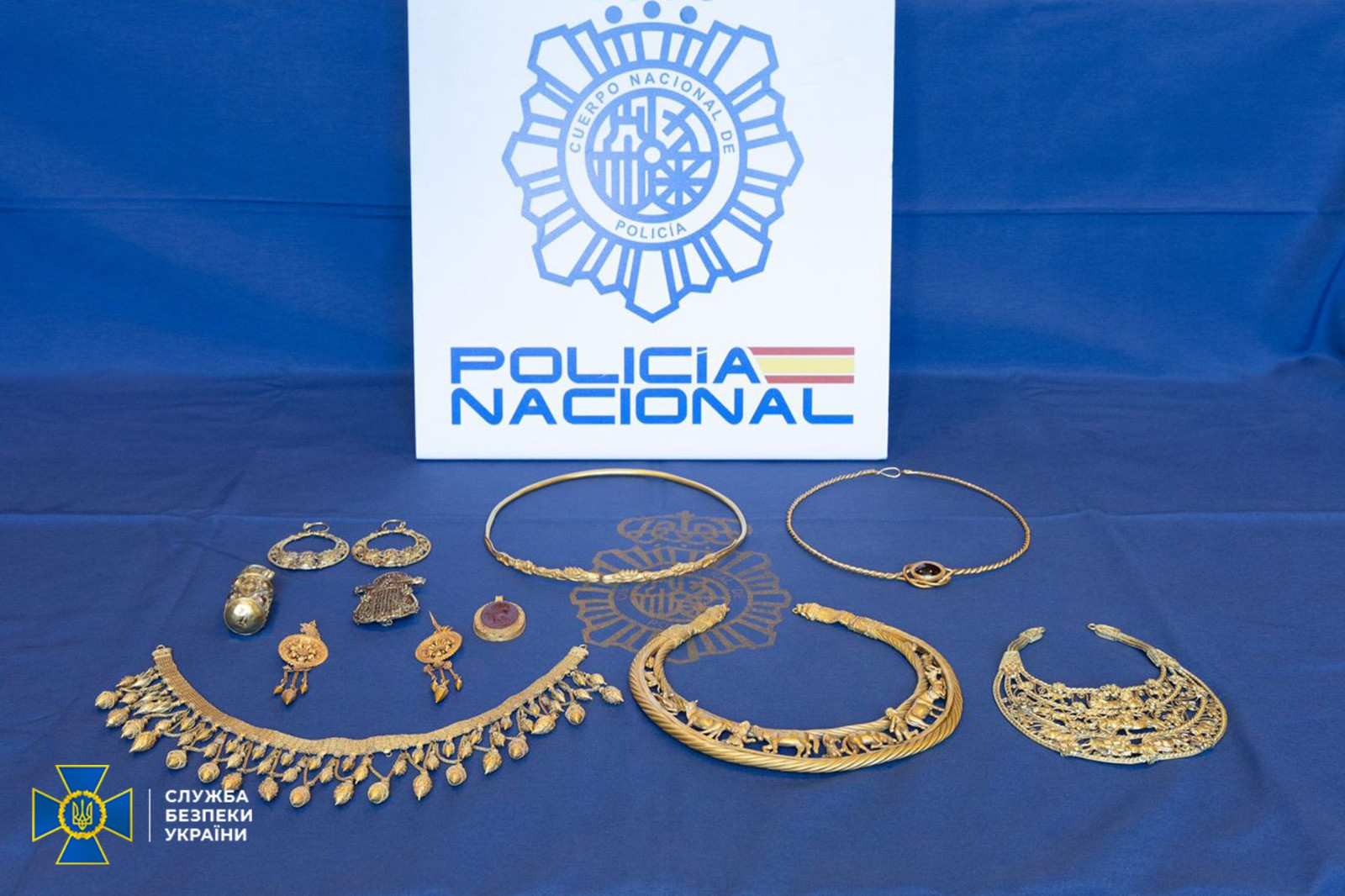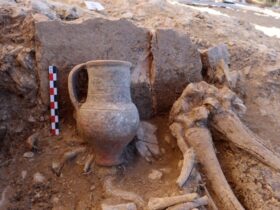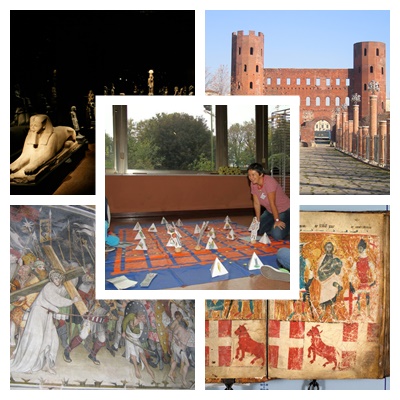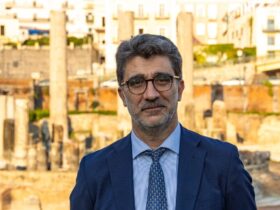Spain Seizes Stolen Ukrainian Treasures Valued at 60M Euro

Spanish law enforcement has detained five individuals suspected of being part of a criminal network engaged in the illegal trade of Ukrainian historical artifacts. Several of these artifacts were successfully recovered, including eleven gold pieces with an estimated value exceeding 60 million euros (US$63.44 million).
Ukrainian-Gold Spain
Some of the Ukrainian gold seized in Spain. (Photo: Ministerio del Interior, License)
Among those arrested were three Spanish nationals and two Ukrainian citizens, who are believed to be involved in the unlawful trade of Ukraine’s cultural heritage.
The seized items, which include intricately crafted gold jewelry of significant historical and economic importance, had been stolen from their rightful owners in Ukraine and subsequently smuggled into Spain, ultimately making their way to the capital city of Madrid.
The investigation began when law enforcement agents uncovered an attempt by a Ukrainian resident in Madrid to sell these precious pieces, which could not be traded through legal channels like conventional auctions.
To create an appearance of legitimacy, the suspects incorporated these artifacts into the assets of various trading companies that were specifically established for this illicit trade.
Accompanying the artifacts were falsified documents in Ukrainian, English, and Spanish, asserting that they were the property of the Ukrainian Orthodox Church. Ownership and administrative rights had been transferred to the principal suspect, an Orthodox priest based in Madrid.
Spanish cultural experts were tasked with appraising the jewelry, ultimately valuing them at more than 60 million euros.
The breakthrough in the investigation came in 2021 when authorities seized a gold belt featuring rams’ heads from a safe deposit box in Madrid. This belt had been privately sold by the main suspect to a local businessman. Further investigations uncovered that the suspect possessed additional pieces with similar characteristics.
Collaboration with the Ukrainian Security Service helped establish that the recovered belt and several other pieces had been part of an exhibition at a museum in Kyiv between 2009 and 2013. Subsequently, the jewelry came into the possession of the Orthodox priest, who, with the assistance of an accomplice, forged documents to fabricate a false provenance and establish ownership. The investigation confirmed that the jewelry had been unlawfully removed from Ukraine before May 2016.
In September, Spanish law enforcement, in cooperation with Ukrainian authorities, learned that the main suspect was attempting to sell the stolen jewelry with the help of others. This led to the arrest of five individuals on charges of money laundering. Furthermore, an additional ten gold pieces, resembling the previously recovered belt, were confiscated, all originating from Ukraine.
Investigations remain ongoing, and the recovered artifacts, belonging to the Greco-Scythian culture of the 8th and 4th centuries B.C., are currently undergoing meticulous examination at the National Archaeological Museum and the Spanish Cultural Heritage Institute.
Written by Erika Di Benedetto













